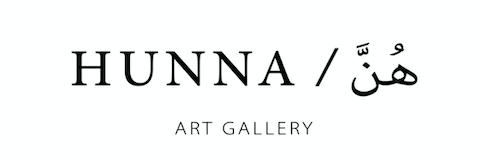Through intimate portraits, sprawling landscapes and surreal compositions, this year’s women-helmed photo projects offer painful, silly and subversive depictions of the female experience.
It’s been almost 50 years since film theorist Laura Mulvey, in her groundbreaking essay Visual Pleasure and the Narrative Cinema, coined ‘the female gaze’ term while analysing how sexual difference pervaded through the ‘phallocentrism’ of filmmaking. “Women are simultaneously looked at and displayed, with their appearance coded for strong visual and erotic impact so that they can be said to connote to-be-looked-at-ness,” Mulvey observed. “She holds the look, plays to and signifies male desire.”
Nearing the end a year fraught with violent attacks on women’s rights – from the US Supreme Court’s reversal of Roe v Wade to the death of 22-year-old Mahsa Amini at the hands of Iranian morality police – the need for visual work helmed by women has seldom felt more urgent.
Through sun-dappled portraits, vast landscapes and fantastical compositions, the photographers below confront generational chasms, sexual archetypes and ideals of beauty and heroism with humour, flair, and unflinching intimacy. Beyond being welcome respites from a cultural landscape that often remains tethered to the male ego, these stories speak volumes on the bonds we share with women across cultures and geographies, with female figures real and imagined.
(...)
The Earth Would Die If The Sun Stopped Kissing Her by Eman Ali
Named after 12th-century Persian poet Hafez’s The Sun Never Says, Ali’s series of surrealist, cinematic dreamscapes was born of a month-long road trip in her native Oman. The photos depict the deep ties and tensions between human beings and their land, while challenging the norms and stereotypes Arab women are subject to around the world. “It was a return to the explorative nature of photography,” she says. “I want to offer an alternative representation of the Arab woman.”
(...)
---
Continue reading on AnOther Magazine.

